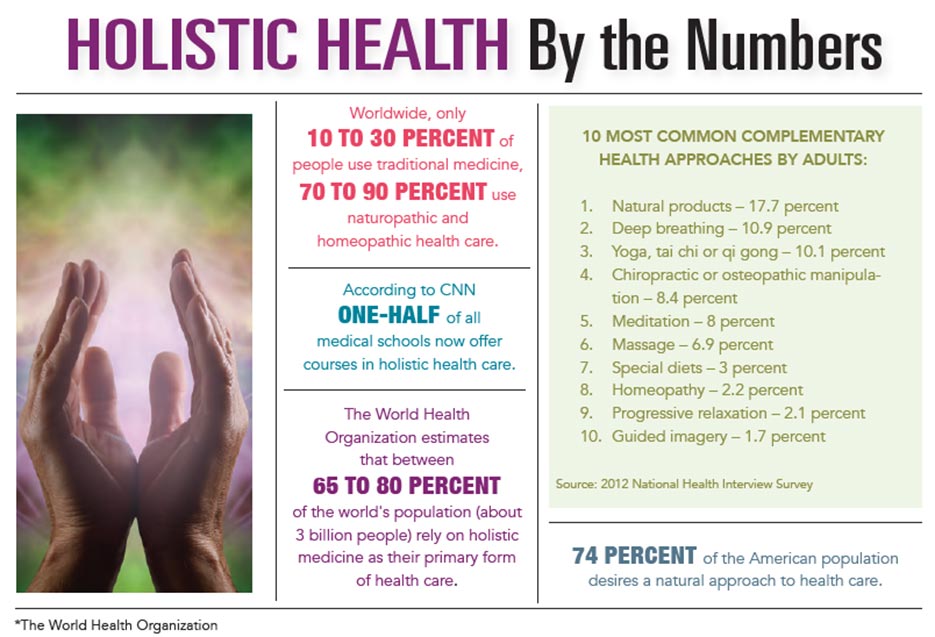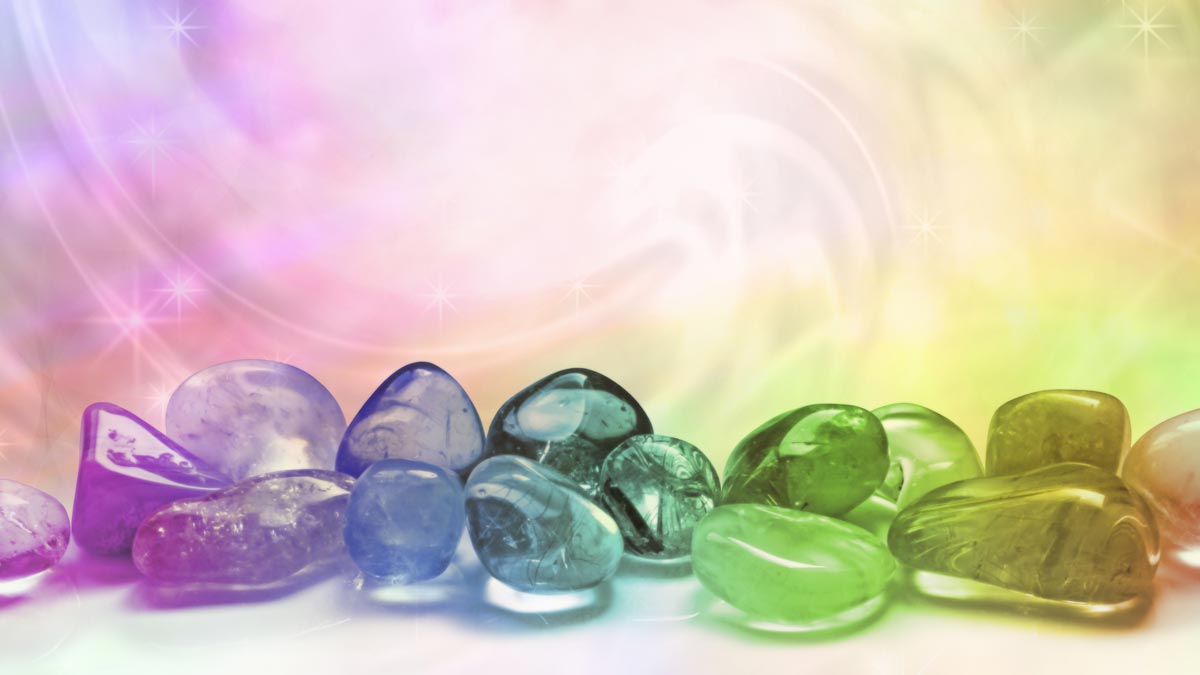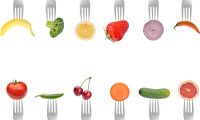Western medicine evolves. Seeing patients as a collection of symptoms and diseases to be cured is giving way to a more preventive method of keeping them well through lifestyle changes. This holistic approach has long been used by Eastern medicine and, for many Americans – 30 percent of adults, according to federal data – complementary treatments and supports go hand-in-hand with Western medicine.
We take a look at three complementary approaches – by no means a comprehensive look but a sample of what’s available.
Ayurvedic Support
Ayurveda is made up of two Sanskrit words: Ayus (life) and Veda (science).
Ayurvedic practitioner Jennifer Byrne of Jen Byrne Ayurveda and Earthen Apothecary, said Ayurveda is much more than the management of disease; it’s about balancing mind, body and spirit and the notion that disease and literally, “dis-ease,” comes when people are out of balance.
Based on principles formed more than 5,000 years ago in India, Byrne said she offers an initial 90-minute consultation and reviews a patient’s entire life health history, not just the symptoms that might bring them to her.
“People may find that they have issues that keep popping up over a lifetime,” Byrne, who has a master’s in public health as well as being a certified ayurvedic health practitioner, said. “One of the reasons I’m so passionate about this is that, with the Western model of medicine, we see a lot of cases where people go to the doctor looking for help because they feel like something isn’t right, the doctor runs a bunch of tests and sends them home, telling them there’s nothing wrong. Ayurveda can actually detect unbalances that may lead to disease before it gets to the stage where Western medicine diagnoses it.”
Byrne, who is careful to clarify that she is not offering medical treatment but rather ayurvedic “support,” said that she assesses a patient through observation – not just what they say, but how they say it – interview and touch, including assessing their pulse and energy levels. She also considers their skin, tongue, speech, eyes and appearance and asks questions about their urine and feces. If she finds something that seems to require medical treatment, she refers them to a medical doctor.
At the end of the session, she provides the client with a customized plan based on what kind of imbalances she has found at the system, organ and tissue levels. The plan focuses on lifestyle and dietary recommendations, as well as herbal or supplemental recommendations.
The goals, Byrne said, are health maintenance, disease prevention, an increased life span and a happy life.
“Look, if I got into a car accident, I’d want to go into an emergency room and get the highest level of care with all the advances in lab tests, surgery and other things that Western medicine has seen in the past 100 years,” Byrne said. “But one of the things I learned working in the public health field is that doctors don’t get any training in things like nutrition in medical school. We think that ayurveda and Western medicine are synergistic with each other. They work hand-in-hand.”
Yogic Breathing
Take a deep breath. Then another. You may find that your shoulders drop and your jaw unclenches. With practice, controlled breathing can be used to reduce stress, control pain and increase focus.
Dr. Sundar Balasubramanian works in Western medicine in the Department of Radiation Oncology at the Medical University of South Carolina, but he has discovered that blending his Eastern traditions with his Western training has helped patients.
“For cancer patients as a whole, I teach weekly classes at Hope Lodge. I get feedback from participants about how helpful it is during radiation therapy and, while patients are taking their chemotherapy infusions, I teach them exercises that they say help them relax and feel less pain,” Dr. Balasubramanian said. “They want to continue the practice when they go home.”
And it’s not just about perception. Dr. Balasubramanian has used biomedical markers in saliva to show that yogic breathing increases salivary flow and reduces markers of stress and chronic inflammation.
“Yogic breathing can affect so many things,” Dr. Balasubramanian pointed out. “The changes in the breathing pattern increase the ability of the brain to focus and give you the ability to handle stress much better. People have shown how the EEG patterns would vary because of regulating blood flow to the brain. It reduces some of the hyper focusing and arousal of PTSD and our response to traumatic events.”
Yogic breathing is different from meditation. As Dr. Balasubramanian explained, breathing is the bridge, but meditation is about using breathing to affect the mind and emotions; in yogic breathing, the breath is used to control physical things such as blood pressure.
Unlike a medical treatment that is in response to a disease or trauma, yogic breathing is a practice that can be done regularly, not just a preventive measure but as a daily practice. While meditation requires mental focus, yogic breathing is a multitasker that’s possible while doing something mindless like mowing the lawn, Dr. Balasubramanian said.
“Doing this all the time every day is not possible unless we are some saints working on our enlightenment,” Dr. Balasubramanian said with a chuckle. “But slow breathing is a great stress reduction. You can do humming, which is regulated breathing after all, while you are driving, or you can train yourself to do it at certain times like five minutes every hour.”
Yogic breathing can also control pain, he explained.
“Pain is physical and mental,” Dr. Balasubramanian said. “When you are doing deep breathing, that in itself stimulates the vagal response or relaxation response.”
It also distracts from the pain. Think of the panting patterns doctors suggest during labor.
“Focused breathing can stimulate a stress response so you will not feel the pain as much. When the mind is engaged in some other activity, it is not going to focus on the painful things,” he said.
How can stress help with pain?
“Imagine that you are running away from a tiger,” Dr. Balasubramanian said. “You are not going to have a problem with a thorn on your leg because you are creating a stress response that is not going to make you feel pain in the same way. In the state of mind that you are taking your body into, you produce your own chemicals, either the stressful or the joyful.”
Integrated Medicine
Chiropractor Mark Luckie believes that focusing on the entire body from head to toe will lead to better wellness.
Luckie owns and operates the West Ashley Wellness & Rehab Center, which offers not just chiropractic services but also stem cell therapy, medical weight loss, hormone therapy and “anti-aging” services such as facials, hydrofacials and organic skin care.
“We have one of the only PhysioREDs in the country, a high-tech infrared bike that helps decrease body fat and increases burning calories,” Luckie said.
On the chiropractic side of things, Luckie said he is trained to get the body back in alignment.
“Look, your spine is 24 small, movable vertebrae that move independently of each other,” Luckie said. “When one of them becomes out of alignment or stops moving properly, then the spine can’t function, increasing the chances for pain, loss of motion and early degeneration. The whole structure will be off. We help patients maintain the structure. In the 1970s, dentists did a great job of telling patients to brush their teeth as maintenance. We are saying make sure you exercise your spine to keep moving properly. The difference is that, unlike teeth, the spine has nerves exiting out of it and going to organ systems and tissues.”
Luckie said that looking at the whole patient from a wellness perspective offers the best outcomes.
“We believe that the whole body approach is greater than the sum of its parts,” he said.
By Helen Mitternight








